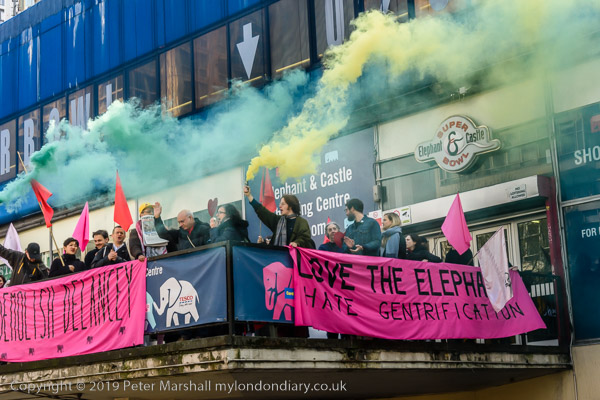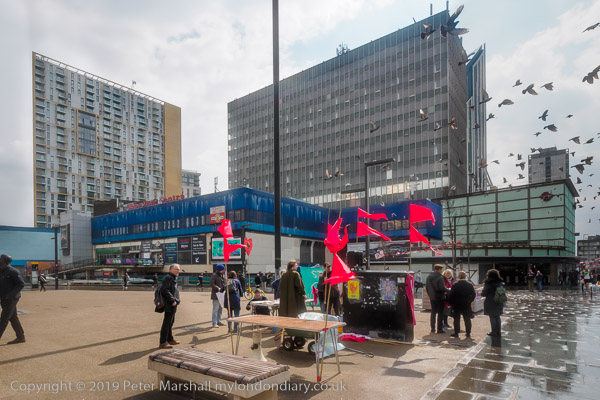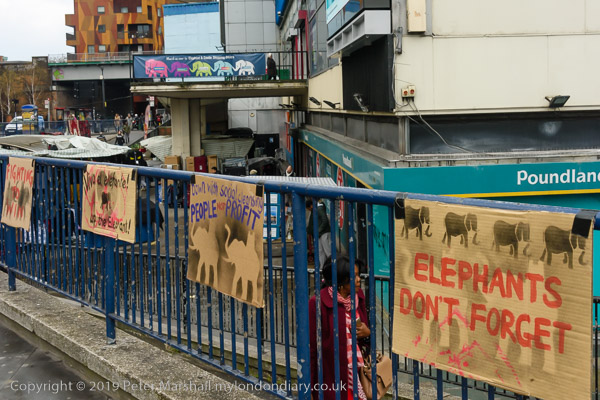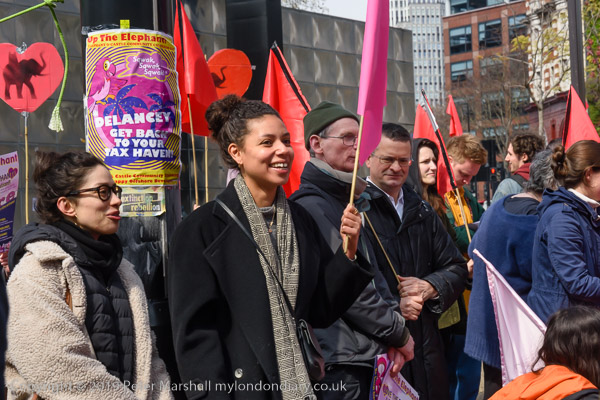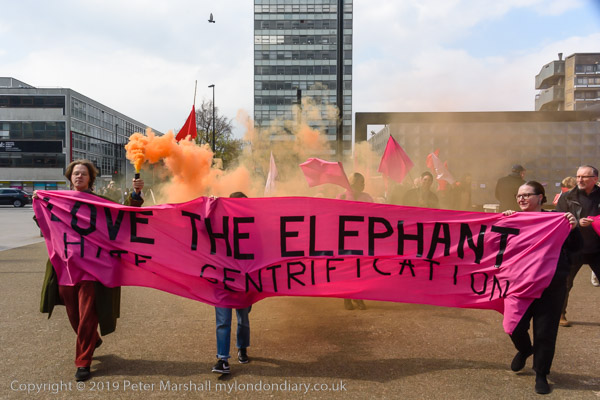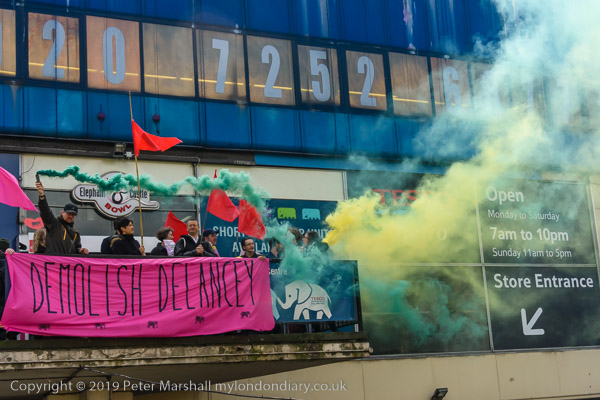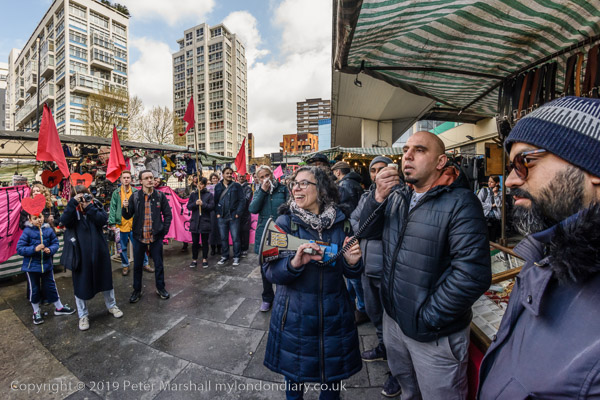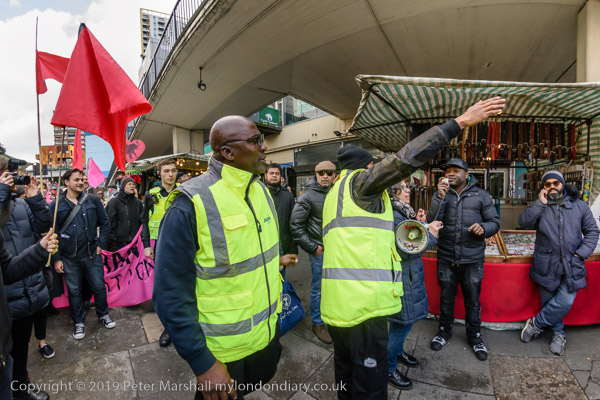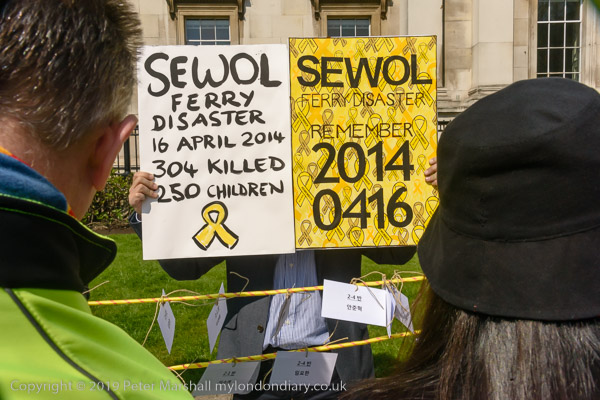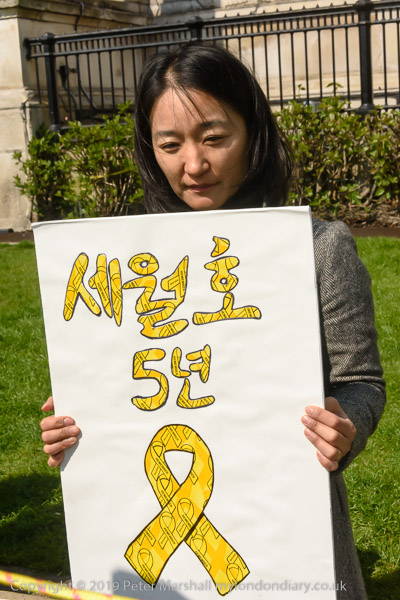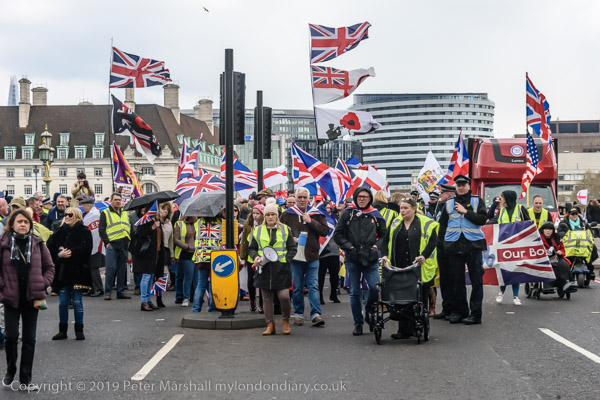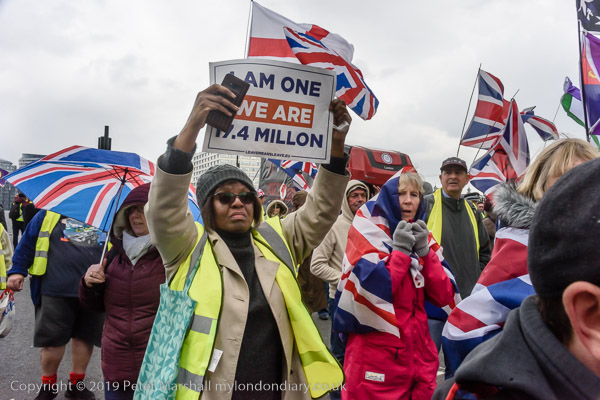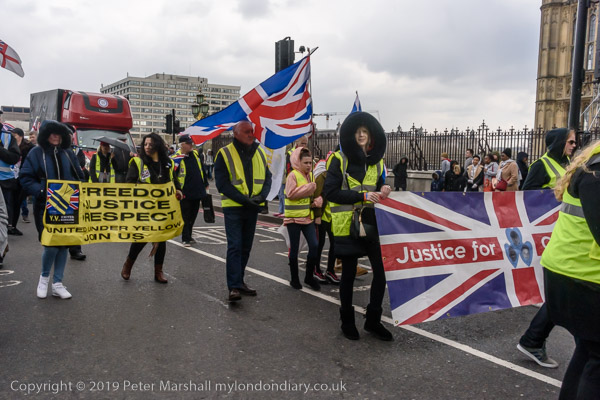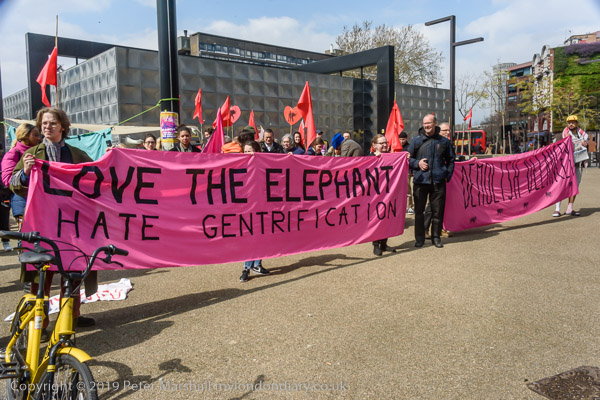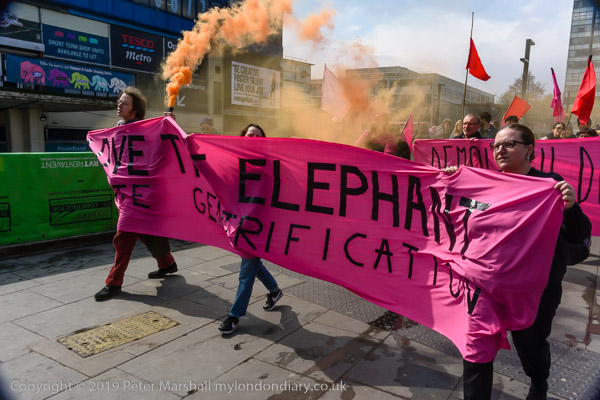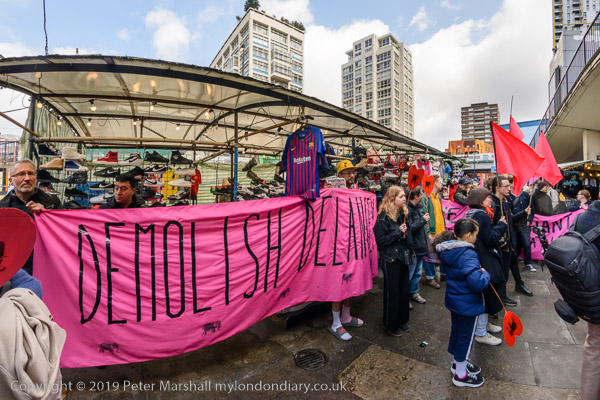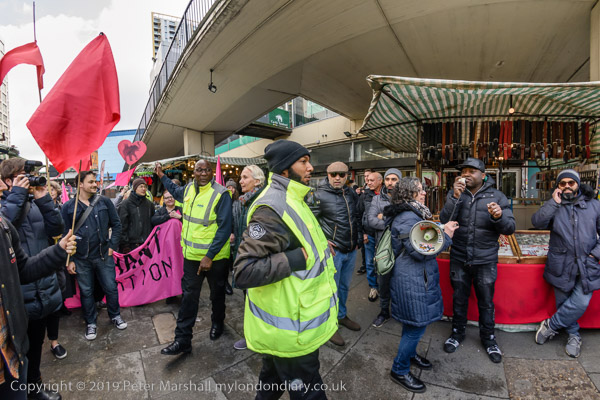On Sunday January 8th 1989 I returned to South London for my first photographic walk of the year beginning at the Elephant & Castle.
This building commemorates Michael Faraday (1791-1867), the English chemist and physicist celebrated for his ground-breaking research into electricity and magnetism who was born a short distance away on 22 September 1791. He invented the electric motor, transformer and generator.
The architect was Rodney Gordon (1933 – 2008) and this was his first job in the London County Council Architects department which was completed in 1961. Inside is the sub-station which converts the power for the Northern and Bakerloo lines, both of which have stations nearby.
When I took this photograph, it was at the centre of a large roundabout, with subways taking pedestrians across to the shopping centre descending at its side. The subways have now been replace by routes at ground level and the road layout changed, making this more easily accessible. But now the whole area is being redeveloped, and England’s first purpose-built shopping centre has been demolished.
Baptists began meeting in Kennington in 1650, when Baptist meetings were still illegal, but moved to a chapel near Tower Bridge in 1688 when they were allowed. It thrived over the years moving to larger chapels and becoming the largest Baptist congregation in England. Under the ministry of Charles Haddon Spurgeon which began in 1853 numbers became so large the services had to be moved to hired halls. The church bought a site on Newington Butts, both because of its prominent location and because it was thought to be the site of the burning of the Southwark Martyrs. The church with seating for 6,000, architect William Willmer Pocock was completed in 1861.
The shopping centre where I was standing was built as one of the first US-style indoor shopping malls in Europe with more than a hundred shops on three levels. Still popular with many, particularly for its market stalls, the centre closed in 2020 in the face of considerable opposition from locals and has been demolished.
Immediately to the south of the Elephant at the start of Walworth Rd, just past the railway bridge you can see at extreme right is this fine row of late-Victorian buildings, still there, although I think all have changed hands and there have been some subtle changes to the frontages as well as new shopfronts, and doubtless rather more change behind some of the facades. But it remains an impressive start to the road, while the other side has been depressing for many years.
Beyond Hampton Street at the end of the row, everything is new and perhaps one of London’s dullest new blocks, while viewing from a different angle across the road the scene is dominated by the 43 storey 487ft Strata Tower, completed in 2010 and decorated at its top by three wind turbines which were such a feature of its advertisement as a ‘green building’ but cause too much noise and vibration to actually be used. Appropriately for their location they are a real ‘white elephant’, and a potent example of ‘greenwashing’. The building was awarded the 2010 Carbuncle Cup for bad architecture as one of the “ugliest buildings in the United Kingdom completed in the last 12 months”.
One of the buildings in the row at 86 had formerly been home to R R Boast, Electrical Contractors and Engineers and Heating Specialists, with two other company names in much smaller letters on the left. A liquidator was appointed for the company in 1975 and the premises were I think still boarded up, though posters on the windows advertised keep fit and dance classes I think these were held elsewhere. Fly-posting across the lower frontage seemed very neatly done.
The building now has an extra floor as The Castle Hotel.
Murrays Solicitors at 94-96 Walworth Rd is now a dentists at ground floor level but I think otherwise looks much the same, though it has lost its street nameplate.
At right of this picture you can just make out the top of the Hampton St side of 96 Walworth Rd, and this yard with its heap of tyres was on Steedman Street, just a few yards from its junction with Walworth Rd.
The Italianate Grade II listed Newington Vestry Hall by Henry Jarvis at the left opened in 1865, with a library added to the south east in 1892 and the two buildings joined the following year. In 1900 it became Southwark Town Hall for the Metropolitan Borough of Southwark and was further extended. But in 1965 the larger London Borough of Southwark borough moved its town hall elsewhere and renamed this building Walworth Town Hall.
In 2006 the Cuming Museum moved in, but the building was badly damaged in a fire in 2013. It is currently being restored to provide a space for educational activities, studio spaces and creative workshops.
My walk will continue in a later post. As usual you can see larger versions of any of the pictures by clicking on them which will take you to the picture in one of my Flickr albums.







